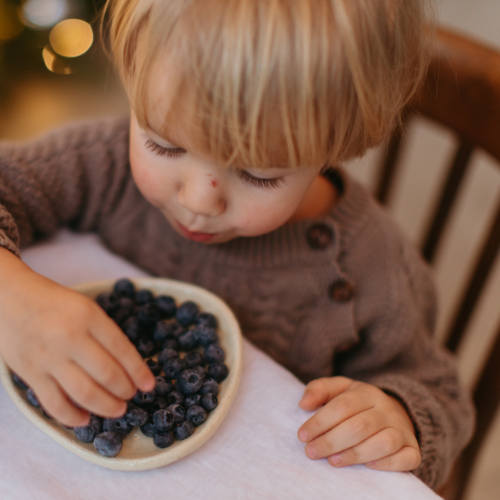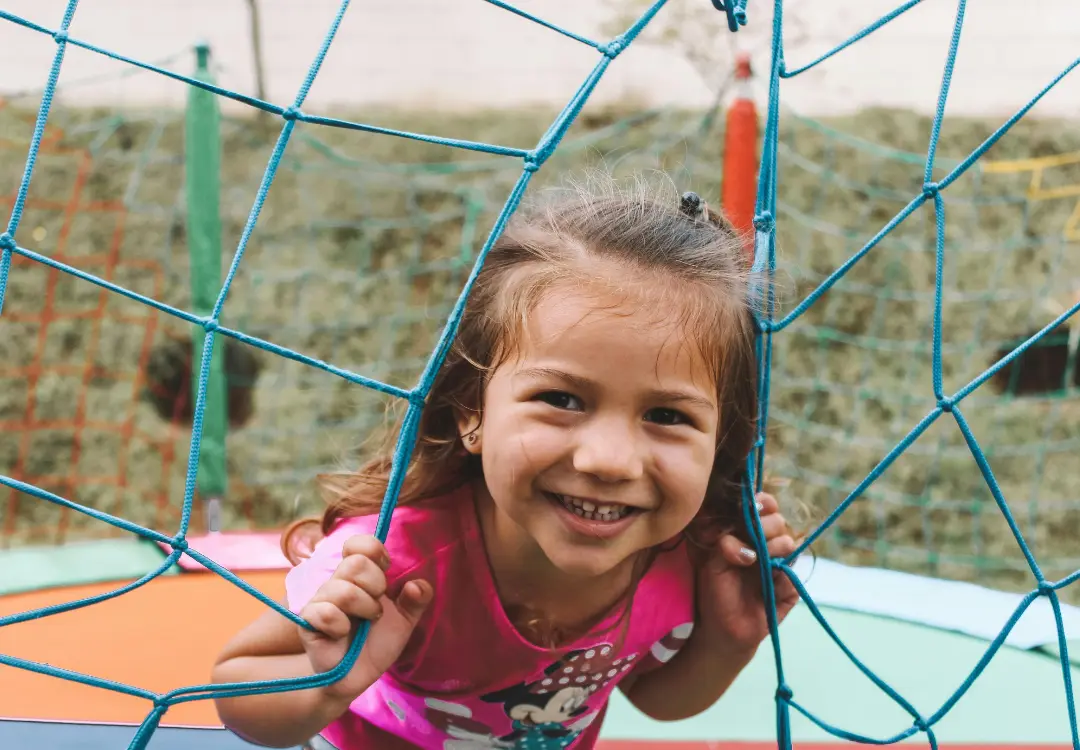Transitioning your toddler from purees to solid foods is an exciting milestone, but it can also be challenging for both parents and children. This guide will provide you with practical tips to make this transition smoother and more enjoyable for everyone involved.
Timing Is Everything
Every child develops at their own pace, but most toddlers are ready to start transitioning to solids between 8-10 months. Signs of readiness include:
- Sitting up without support
- Good head control
- Showing interest in your food
- Ability to move food from the front to the back of the mouth
Start with Soft, Easy-to-Eat Foods
Begin with foods that are easy to mash with gums or few teeth:
- Soft fruits: ripe bananas, avocados, peaches
- Cooked vegetables: sweet potatoes, carrots, peas
- Soft cheeses
- Well-cooked pasta
- Scrambled eggs
Introduce a Variety of Textures
Gradually introduce different textures to help your toddler adapt:
- Mashed foods with small soft lumps
- Finely minced or ground meats
- Soft finger foods like cooked vegetable sticks or fruit slices
Make Food Fun and Engaging
- Use colorful foods to make meals visually appealing
- Cut foods into fun shapes
- Let your toddler explore foods with their hands
Encourage Self-Feeding
- Provide safe, child-friendly utensils
- Be patient with mess – it’s part of the learning process
- Offer finger foods to practice hand-eye coordination
Continue Offering Purees Alongside Solids
- Gradually decrease purees as your child becomes more comfortable with solids
- Use purees as a “sauce” for solid foods to ease the transition
Be Mindful of Choking Hazards
Always supervise your child during meals and avoid:
- Whole grapes or cherry tomatoes (cut them into quarters)
- Nuts and seeds
- Hard candies
- Large chunks of cheese or meat
Maintain a Positive Eating Environment
- Eat together as a family when possible
- Avoid pressure or force-feeding
- Be a good role model by eating a variety of healthy foods
Be Patient and Persistent
- It can take multiple exposures (sometimes up to 15-20) for a child to accept a new food
- Don’t give up if your child rejects a food initially
Stay Consistent with Meal and Snack Times
- Establish a routine for meals and snacks
- Avoid constant grazing, which can interfere with appetite at mealtimes
Offer Balanced Meals
Aim to include a variety of food groups in each meal:
- Proteins (meat, fish, eggs, legumes)
- Fruits and vegetables
- Whole grains
- Dairy or dairy alternatives
Address Gagging vs. Choking
- Understand the difference between gagging (a normal reflex) and choking
- Stay calm if your child gags; this helps them learn to manage different textures
Consider Baby-Led Weaning
Some parents opt for baby-led weaning, which involves offering soft, appropriately-sized pieces of food and allowing the baby to self-feed from the start. This approach can work well for some families but always consult with your pediatrician first.
Conclusion
Transitioning from purees to solids is an important step in your toddler’s development. Remember, every child is different, so be patient and follow your little one’s cues.
By offering a variety of foods, maintaining a positive eating environment, and being patient, you can help your toddler develop healthy eating habits that will last a lifetime. Enjoy this exciting phase of your child’s growth and development!



